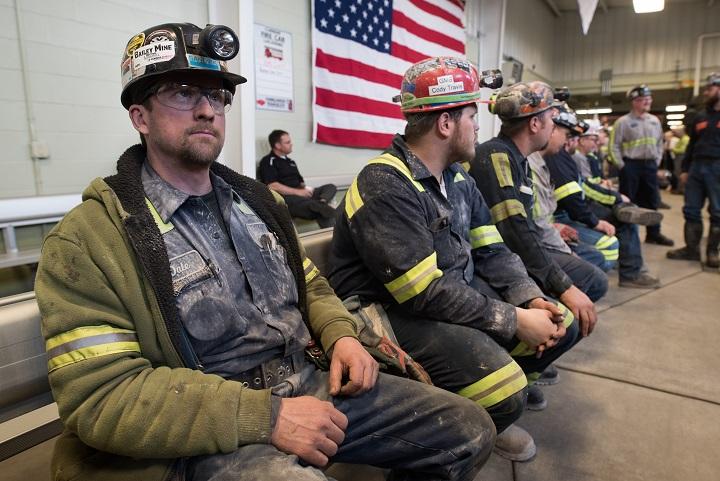News Analysis
As COP26 drew to a close, the great and the good who converged on Glasgow, Scotland, appeared relatively united in rhetoric, if not in enforceable commitments.


As COP26 drew to a close, the great and the good who converged on Glasgow, Scotland, appeared relatively united in rhetoric, if not in enforceable commitments.